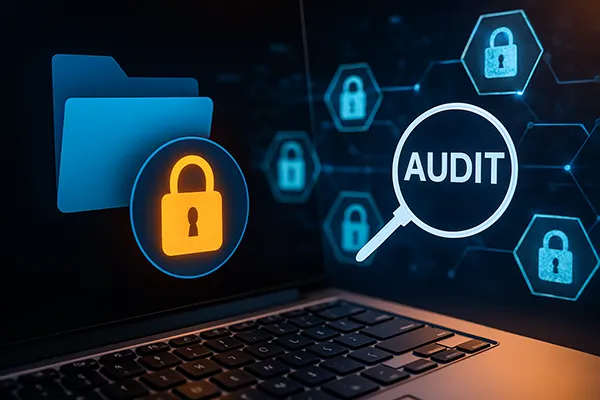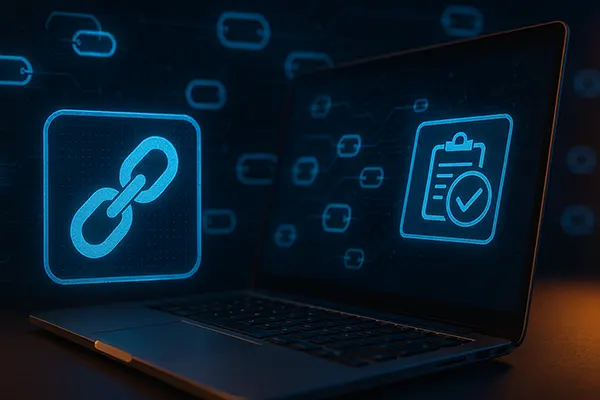
Blockchain Audit in VDR Systems: Enhancing User Action Traceability
Virtual data rooms (VDRs) have become an essential solution for secure document exchange in corporate transactions, mergers and acquisitions, and legal audits. Yet, as data sensitivity increases, so does the demand for robust traceability. Blockchain technology offers a breakthrough in logging user actions, ensuring records are immutable, transparent, and verifiable. This article explores the integration of blockchain audit mechanisms in VDRs and their practical impact on security and compliance.
Why Blockchain Matters in VDR Auditing
Blockchain introduces a decentralised approach to logging user activity, ensuring that once data is recorded, it cannot be altered without consensus. This integrity is vital in due diligence processes, where every document view, download, or comment must be traceable for legal and regulatory reasons. By embedding blockchain into the backend of a VDR, audit trails become tamper-proof, offering confidence to all parties involved in high-stakes transactions.
With growing legal scrutiny and compliance mandates, traditional VDR logs—often reliant on centralised databases—may be vulnerable to modification or accidental loss. Blockchain mitigates these risks by offering immutable timestamps and verifiable records. Each user action becomes a transaction in a chain, independently verifiable across multiple nodes or organisations.
In June 2025, several enterprise VDR providers such as Firmex and iDeals have already introduced blockchain-backed audit systems. These systems are particularly valued in cross-border M&A deals and government tenders, where multi-jurisdictional transparency is a legal requirement.
Benefits of Immutable Audit Trails
Immutable logs allow companies to verify every interaction within the data room—who accessed which file, when, and what actions were taken. This is critical for dispute resolution and legal discovery, where evidence must be indisputable. Blockchain logs meet these evidentiary standards, as their data cannot be retrospectively edited.
Additionally, audit logs powered by blockchain enhance stakeholder trust. Investors and regulatory bodies are more inclined to approve deals when transaction histories are visible and cryptographically secure. The increased confidence also reduces due diligence timelines, saving organisations time and cost.
For industries such as pharmaceuticals, finance, and energy—where intellectual property and sensitive data are frequently exchanged—this level of assurance is indispensable. It helps enforce accountability and discourages unauthorised access.
Real-World Applications and Industry Adoption
Blockchain-based audit trails are already in use in several sectors. In 2025, financial institutions in the EU have begun integrating blockchain VDRs to comply with the Digital Operational Resilience Act (DORA). The technology allows them to demonstrate operational transparency to regulators without compromising client confidentiality.
In the legal field, law firms leverage blockchain-enabled VDRs during discovery phases to ensure that client files remain intact and access is logged with cryptographic proof. The audit records can be submitted in court as digital evidence, streamlining litigation processes and strengthening case integrity.
Meanwhile, venture capital and private equity firms rely on blockchain VDRs for startup evaluations and board communications. Having every change and access point documented helps mitigate risk and provides a comprehensive log for investment audits or shareholder scrutiny.
Integration Challenges and Considerations
Despite the advantages, implementing blockchain into existing VDR systems is not without obstacles. First, the integration must comply with GDPR and local data protection laws, especially regarding data immutability and user rights to erasure. Many vendors address this with off-chain storage for sensitive content while logging metadata on-chain.
Second, the cost of blockchain infrastructure—especially for private chains—can be significant. Companies must weigh the value of advanced auditability against implementation and maintenance expenses. However, the rise of blockchain-as-a-service (BaaS) solutions has lowered entry barriers considerably.
Finally, user education remains a concern. Stakeholders unfamiliar with blockchain may misunderstand its purpose or assume exaggerated benefits. It’s essential that VDR vendors clearly communicate how blockchain enhances—not replaces—existing audit functions.

The Future of VDR Security Through Blockchain
Looking ahead, blockchain is likely to become a default standard for auditing in high-risk data environments. By 2026, analysts project that over 30% of enterprise-grade VDRs will include native blockchain logging capabilities. This shift is being driven by regulatory pressure and a general move towards zero-trust data ecosystems.
New developments such as smart contracts could further automate audit and access control in VDRs. For instance, smart contracts might restrict access based on time limits or document content, with all rules and interactions recorded on-chain. This would reduce human error and ensure consistency across deals.
Moreover, integration with AI-driven analytics will enhance the interpretability of blockchain logs. By combining immutable audit trails with behavioural analysis, companies can detect anomalies, prevent data leaks, and enforce compliance more proactively.
A Transparent Path Forward
The integration of blockchain audit mechanisms within VDRs addresses key challenges in data integrity, transparency, and accountability. As digital transactions become more complex and regulated, the demand for verifiable audit trails will only grow. Blockchain provides a credible, secure solution to meet these needs—making it an increasingly indispensable component in the digital due diligence toolkit.
For organisations managing confidential information, investing in blockchain-enabled VDRs is no longer an innovation but a necessity. The shift is already underway, and those who adopt early stand to gain a competitive advantage in trust and operational resilience.
Ultimately, blockchain transforms VDR auditing from a reactive security feature into a proactive compliance and governance asset—setting a new standard for traceability in secure data sharing.
